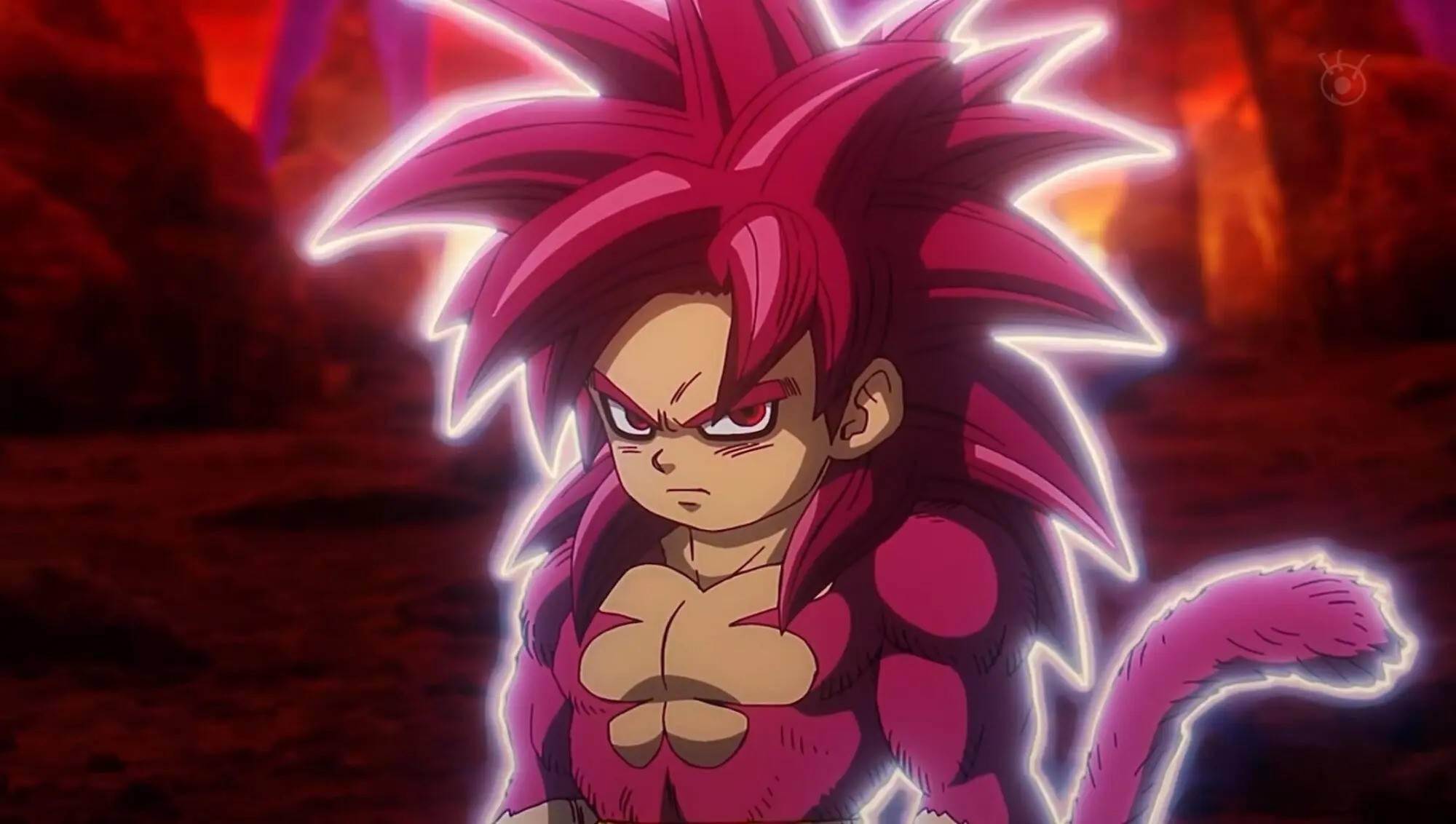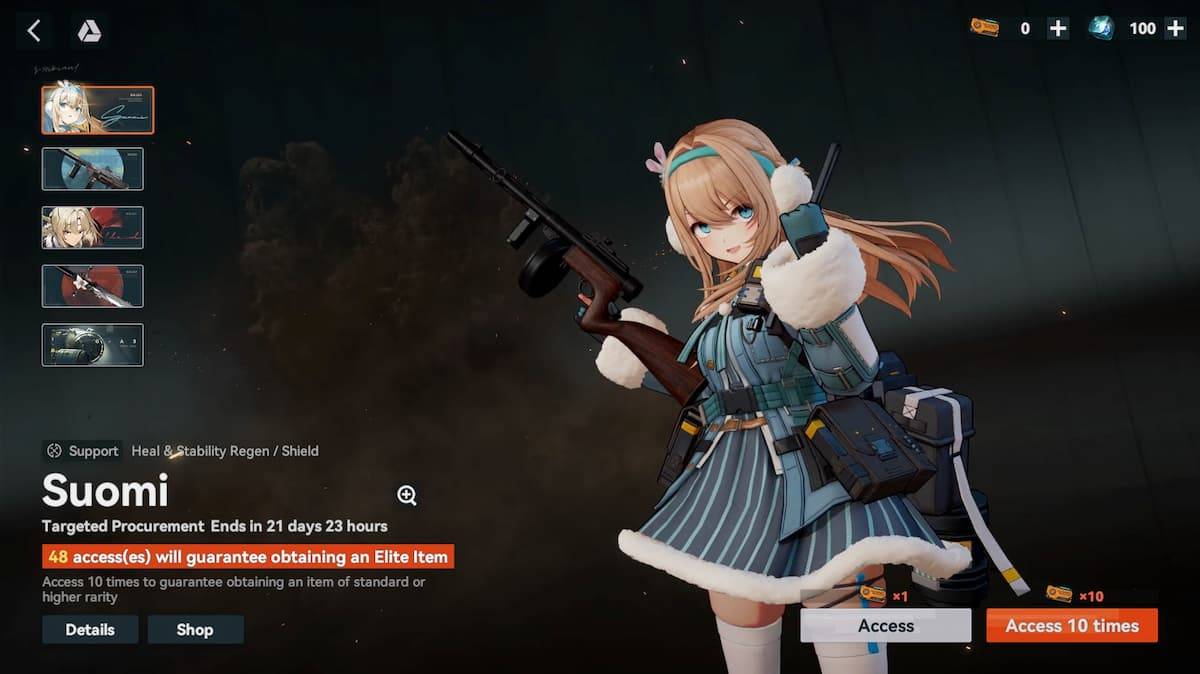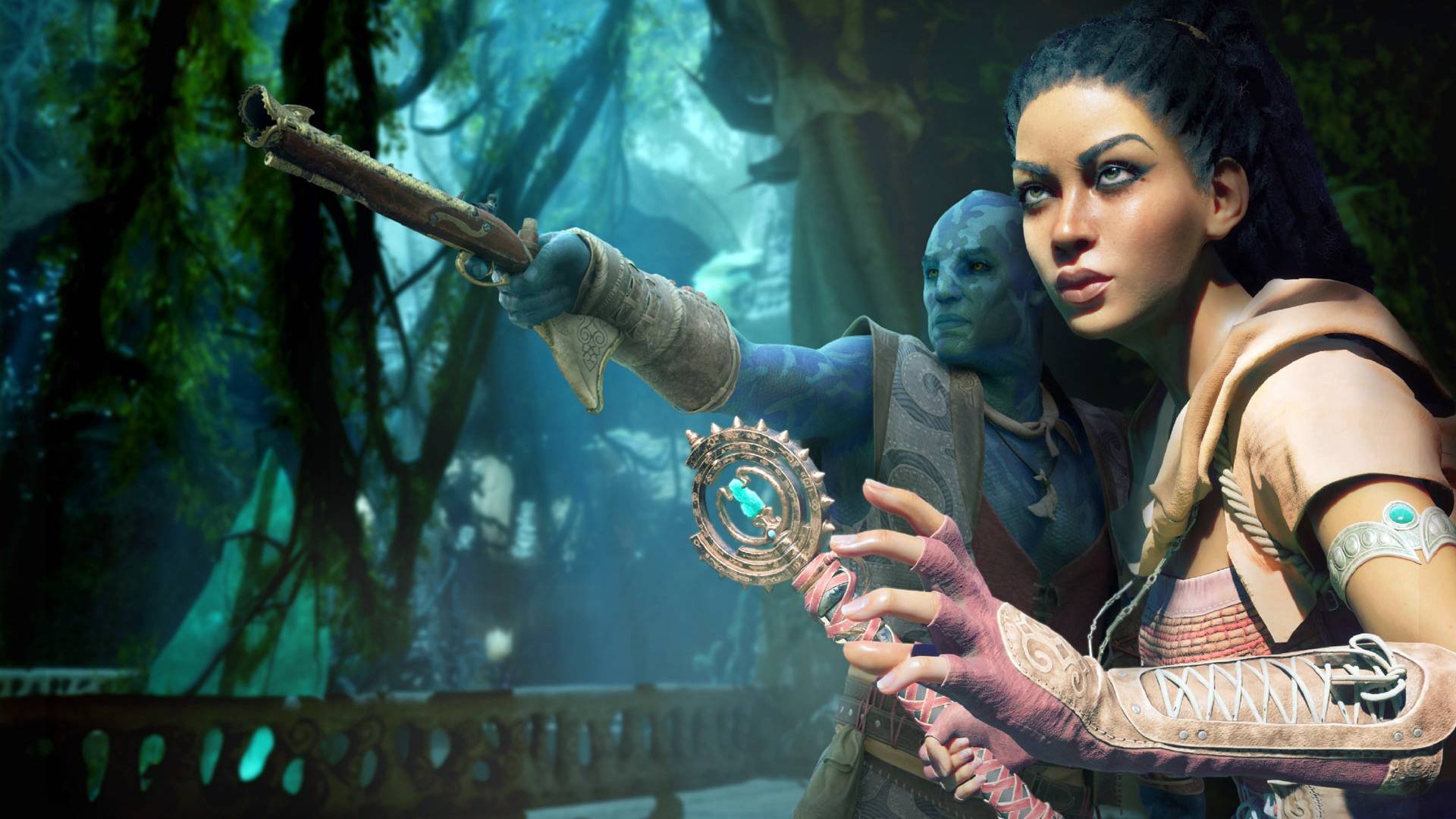Xbox Price Hike Signals Potential Increases Across Gaming Industry
In recent weeks, the gaming industry has seen significant price adjustments across major platforms. Microsoft raised the prices of all its Xbox Series consoles and many of its accessories globally, and confirmed that some new games would cost $80 this holiday season. Just a week earlier, PlayStation similarly raised prices on consoles in some regions, and shortly before that, Nintendo bumped its Switch 2 accessory prices and announced its own first $80 game.
These tariff-induced price hikes have arrived, creating a wave of increases that can be overwhelming to track. To understand these developments following Xbox’s announcement, I consulted a range of industry analysts to discuss the reasons behind these changes, the future cost of gaming, and the sustainability of the industry. The consensus is clear: video games, consoles, and platforms aren't going anywhere, but the price tag for gamers is set to rise significantly.
Why is it all so dang expensive?
When I asked analysts why Microsoft chose this moment for such drastic price increases, the answer was unanimous: tariffs. Rising development and manufacturing costs play a role, but tariffs, and the uncertainty surrounding them under U.S. President Donald Trump's policies, are the primary drivers.
Dr. Serkan Toto, CEO of Kantan Games, Inc., noted, “Microsoft's consoles are made in Asia, so seriously: who in this world can now be surprised about these price hikes?” He suggested that the timing was strategic, leveraging the current economic climate to minimize backlash. “It was a clever move from Microsoft to use the current economic climate as a backdrop to not only push the price hikes in the U.S. but also globally. What was also clever is that they did this in one fell swoop instead of riling up fans over a longer period of time and from one territory to the next.”
Joost van Dreunen, NYU Stern professor and author of the SuperJoost Playlist newsletter, echoed Toto’s view, saying, “Microsoft is ripping off the Band-Aid all at once rather than death by a thousand cuts. I read Microsoft's synchronized global price adjustment as a strategic recalibration in response to tariff pressures rather than incremental market testing. By implementing comprehensive increases across hardware, subscriptions, and first-party titles simultaneously, they're consolidating consumer reaction into a single news cycle while attempting to maintain their pricing position relative to competitors in what's becoming an increasingly service-oriented market where hardware is merely the entry point.”
Other experts, including Manu Rosier from Newzoo and Rhys Elliott from Alinea Analytics, also highlighted tariffs as a crucial factor. Rosier noted that announcing the price increase well before the holiday season allowed Xbox’s partners and consumers time to adjust. Elliott pointed out that while digital software remains unaffected by tariffs, the price increase for games helps offset higher hardware manufacturing costs due to tariffs. “If costs increase in one part of the business, balancing the books elsewhere is necessary. That’s largely what’s going on here.”
Piers Harding-Rolls from Ampere Analytics added that macroeconomic factors like inflation and supply chain costs contribute to the price hikes. He observed, “The macroeconomic backdrop is also a contributing factor, with higher-than-expected persistent inflation and increases in supply chain costs. The launch price of Switch 2 and Sony’s recent price hike will have made it easier to move now. It’s also not a surprise that the company waited until after the earnings announcement.”
Blinking Third
The big question now is whether Sony will follow suit with price increases on PlayStation hardware, accessories, and games. Most analysts believe it's likely, especially with regard to $80 games. Rhys Elliott was particularly confident, stating, “This is just the beginning. On top of the hardware price hikes, we’ll likely see PlayStation increasing software prices as well. With Nintendo and Xbox raising software prices, the floodgates are now open. Every publisher — first- and third-party, PC and console alike — that can charge $80 will charge it. The market will bear it. Plenty of gamers are willing to pay price points above $70, as shown by the high numbers of those willing to pay $100 for a few days’ early access.”
Elliott further explained that higher ceiling prices could lead to more varied pricing strategies, with games at different price points. “Alinea data shows that when a game’s price is discounted below $50 on Steam, for example, many gamers bite the bullet and buy. For similar reasons, I expect to see games launching at $80, maximising launch sales among superfans, then the price decaying over time, leading to a longer tail for premium game sales.”
Daniel Ahmad from Niko Partners noted Sony's recent regional price adjustments, saying, “Sony has raised the price of its console multiple times outside the U.S. There is a reluctance from both Sony and Microsoft to raise prices in the U.S. given the size and importance of the market when it comes to console sales. That being said, we would not be surprised to see Sony follow suit with price increases on the PS5 in the U.S.”
James McWhirter from Omdia highlighted the impact of tariffs on Sony's supply chain, stating, “PS5 hardware is predominantly manufactured in China, exposing Sony's supply chain to greater risk from tariffs originating from the U.S. Yet what we consistently observe in the console market is that up to half of consoles are typically sold during Q4, the final quarter of the year. This bought both Microsoft and Sony more time to rely on existing inventories. In 2019, consoles were granted an exemption from tariffs on goods from China, but this ruling did not come into effect until August.”
Mat Piscatella from Circana was cautious about making predictions but referenced the Entertainment Software Association's views on tariffs, suggesting that rising prices are “the symptom, not the disease.” Meanwhile, Nintendo indicated it may consider “what kind of price adjustments would be appropriate” if tariffs continue to change.
Video Games Are Fine... But Are We?
Following Xbox’s price increases and the looming possibility of similar moves by Sony, there's concern about the impact on console manufacturers. Analysts, however, are not overly worried. They point to Microsoft’s 'This Is An Xbox' campaign as evidence that the company has been preparing for this shift, moving towards a service platform rather than solely relying on hardware sales. The upcoming release of GTA 6 is also expected to provide a boost.
Piers Harding-Rolls commented, “Xbox hardware sales revenue has been in decline, and I see that continuing, moderated to an extent by the higher price points. We expect a boost in Q2 2026 due to the launch of GTA 6. Last quarter Microsoft gaming hardware sales fell by 6% and the prediction is for a further drop next quarter. Overall, I think higher prices have some dampening effect, but the delay of GTA 6 is probably more significant in terms of 2025 performance.”
Analysts like Rhys Elliott and Manu Rosier suggested that while spending might shift, it won't necessarily decline. Elliott noted, “The rising prices won’t necessarily reduce spending. Even in the toughest of economic times, games are incredibly price-inelastic. The market will bear it. Early adopters will always be early adopters. PlayStation and Nintendo console sales have been tracking above or in-line with previous generations, despite consoles not dropping in price like previous generations.”
Rosier added, “Not necessarily a decline, but we may see shifts in where and how money is spent. As prices rise, consumers may become more selective — spending less on individual full-priced titles and more on subscriptions, discounted bundles, or long-tail live-service games. The total spend may remain steady or even grow modestly, but the distribution across formats and platforms will likely continue to evolve. Xbox’s pricing changes, and similar moves by others, could accelerate this transition toward services and ecosystems over standalone product purchases.”
Harding-Rolls pointed out that the U.S. might feel the impact more due to its significant market size and the localized tariffs. Daniel Ahmad highlighted potential growth in Asian and MENA markets, particularly in India, Thailand, and China. James McWhirter noted that while full game prices historically resist inflation, Xbox's quick move to $80 games following Nintendo suggests a trend that other publishers might follow. “Importantly, we don't expect this to directly impact sales volumes, especially given 2025's high-quality content pipeline — but publishers will continue to explore ways in which they can add value post-release. Many already do this via frequent discounting, multi-tiered pricing strategies, DLC, bundling.”
Mat Piscatella was less optimistic, acknowledging the uncertainty in the market. “My expectation for the remainder of the trade war is that consumers will shift even more towards free-to-play and other more easily accessible forms of gaming, including games they already own or have access to. Games like Fortnite, Minecraft, Roblox, etc will likely see even more players and hours spent in their ecosystems. Players will also rely on and continue to play devices they already own a bit more rather than buy new hardware. And, as prices rise in everyday spending categories like food, gas, shelter, automotive, etc, there will be fewer and fewer dollars available for categories like gaming in the U.S.”
He concluded, “I was trying to hold on to the +4.8% outlook I had at the beginning of the year for as long as I could, but that's looking more and more foolishly optimistic every day. Can easily see a high single-digit percentage decline, or even into the teens, depending on the other dominoes that fall when it comes to pricing. The error bars on any forecast are bigger now than they've ever been given the uncertainty in the market.”
-
 Mar 17,25All Split Fiction Achievements & How to Unlock Them Dive into the captivating co-op adventure Split Fiction from Hazelight Studios! This guide outlines every achievement, ensuring you and your partner conquer every challenge. While some trophies are earned naturally through the story, many require thorough exploration and unique actions. Use this g
Mar 17,25All Split Fiction Achievements & How to Unlock Them Dive into the captivating co-op adventure Split Fiction from Hazelight Studios! This guide outlines every achievement, ensuring you and your partner conquer every challenge. While some trophies are earned naturally through the story, many require thorough exploration and unique actions. Use this g -
 Mar 19,25How Does Dragon Ball Daima’s Finale Explain Goku Never Using Super Saiyan 4 in Super? The climactic battle in Dragon Ball Daima's finale pits Gomah against Goku, showcasing Goku's newly acquired form. This episode naturally led many fans to anticipate an explanation for Super Saiyan 4's absence in Super. So, how does the finale address this?In episode 19, after Glorio's wish restore
Mar 19,25How Does Dragon Ball Daima’s Finale Explain Goku Never Using Super Saiyan 4 in Super? The climactic battle in Dragon Ball Daima's finale pits Gomah against Goku, showcasing Goku's newly acquired form. This episode naturally led many fans to anticipate an explanation for Super Saiyan 4's absence in Super. So, how does the finale address this?In episode 19, after Glorio's wish restore -
 Jan 16,25Girls' Frontline 2: Exilium Tier List Released Another free-to-play gacha game, another character ranking to guide your investment choices. This Girls’ Frontline 2: Exilium character tier list helps you prioritize which characters are worth your resources. Girls’ Frontline 2: Exilium Character Tier List Here's a breakdown of currently available
Jan 16,25Girls' Frontline 2: Exilium Tier List Released Another free-to-play gacha game, another character ranking to guide your investment choices. This Girls’ Frontline 2: Exilium character tier list helps you prioritize which characters are worth your resources. Girls’ Frontline 2: Exilium Character Tier List Here's a breakdown of currently available -
 Mar 18,25Avowed Best PC Settings for Max FPS *Avowed*, a visual masterpiece, immerses you in a richly detailed world. To fully appreciate its stunning graphics without sacrificing performance, optimizing your PC settings is key. This guide helps you strike the perfect balance between breathtaking visuals and smooth gameplay.Recommended Videos
Mar 18,25Avowed Best PC Settings for Max FPS *Avowed*, a visual masterpiece, immerses you in a richly detailed world. To fully appreciate its stunning graphics without sacrificing performance, optimizing your PC settings is key. This guide helps you strike the perfect balance between breathtaking visuals and smooth gameplay.Recommended Videos
